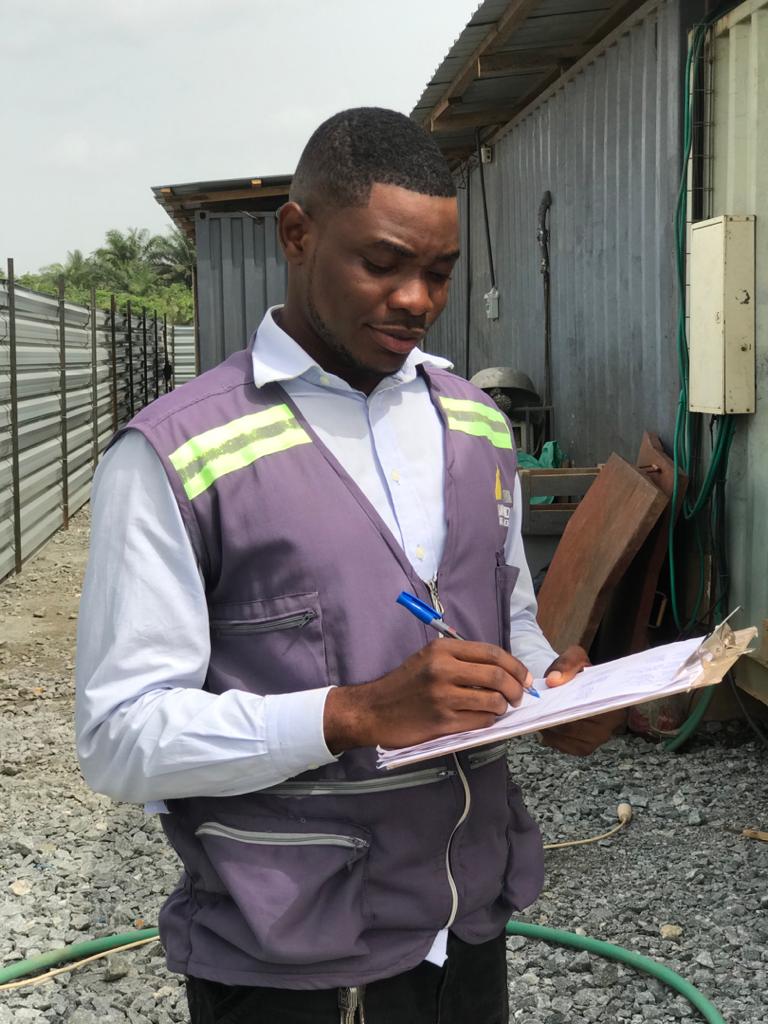HSE Inspections are an integral part of safe system of work. Inspection is a proactive monitoring technique that allows persons to identify workplace hazards in order to develop appropriate control measures to deal with those hazards before they cause harm or injury at the workplace.
As an HSE professional, have you wondered why most of your HSE field inspections you report are not being attended to by supervisors or heads of department or area responsible? This is why;
The findings you report are not being corrected and they keep reoccurring because you probably are not communicating your findings appropriately.
Your HSE inspections must capture 3 very important things:
1. Observation: The observation being reported must capture both the positive and the negative, where positive can range from good compliance to PPE, good toolbox talk, checklist well followed etc, and the negative ranging from unsafe act and conditions. You don’t want to come across as the person always reporting the negative.
2. Harm: The end results (effects) of the observations to people or property and finally. This is important for supervisors, heads of department or the area responsible to appreciate the impact of the negative observations and why they need to be corrected.
3. Location or Equipment or Material: The location of the observation, equipment or material involved will provide specific focus for persons responsible to action.
Observation and effective communication is an important skill an HSE Professional must possess. Being observant involves paying close attention to things occurring around the workplace and understanding how they can affect output or production either positively or negatively.
How that can be communicated determines the seriousness that would be attached to the report.
For instance; an HSE inspection report saying poor house- keeping but does not highlight the location and the potential impact is not enough. A manager may not know the impact and seriousness of the poor housekeeping at that material moment and would not give it the needed attention.
Rather, This is how it should be reported: Poor housekeeping observed at the pump house likely to result in fire outbreak which could cause multiple fatality to workers.
From this example, the way I have described my inspection report highlights the problem (the observation) being the poor housekeeping, the location being the pump house and finally the resulting effect of fire outbreak and multiple fatalities if they fail to attend to the issue. This is how an HSE inspection wording should be captured to communicate effectively.
A manager or supervisor cannot address your observation if he/she does not know the problem, where the problem is (location) and what will be the effect (harm). With these three 3 basic significant aspects highlighted, and communicated, I believe your HSE inspection report will gain the needed attention.
Raphael Badohu
HSE Advisor
Inspired by Ransford Abeka Gyambrah



